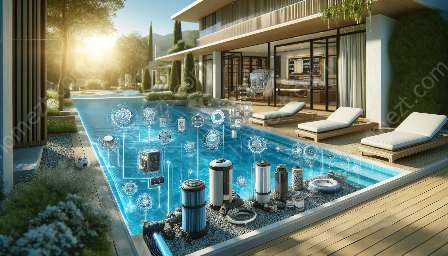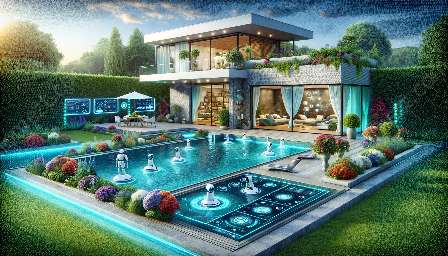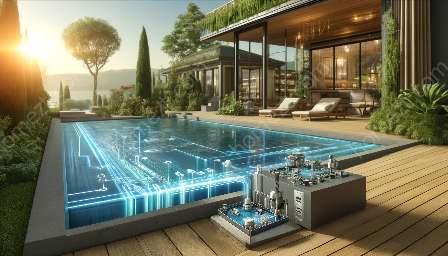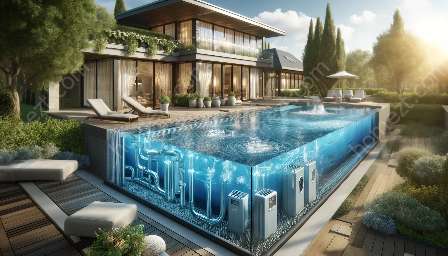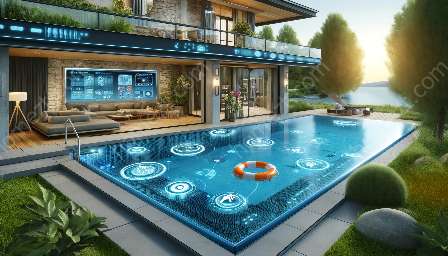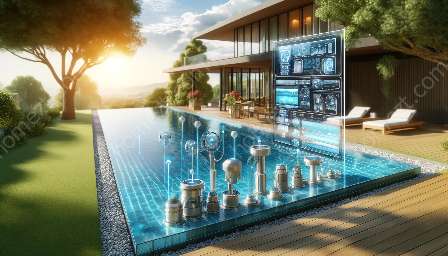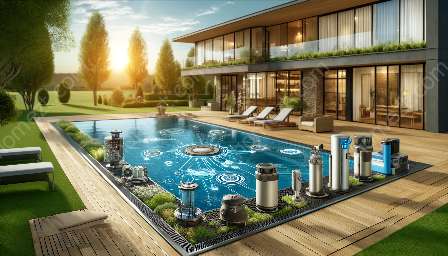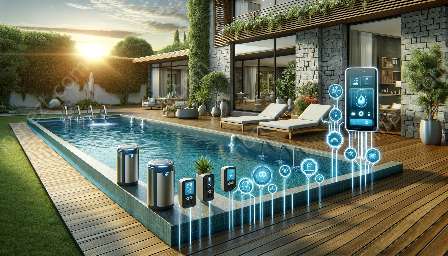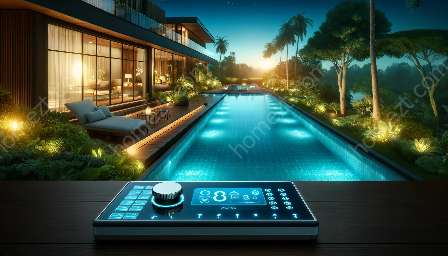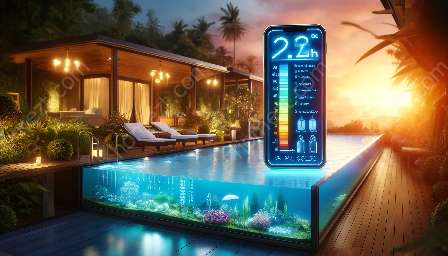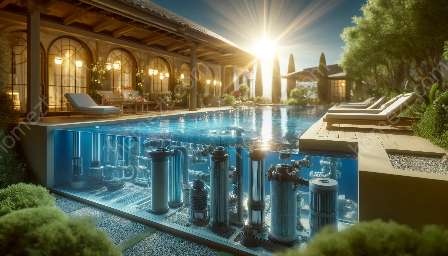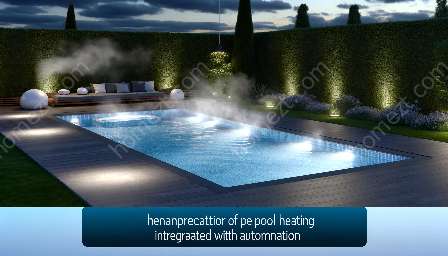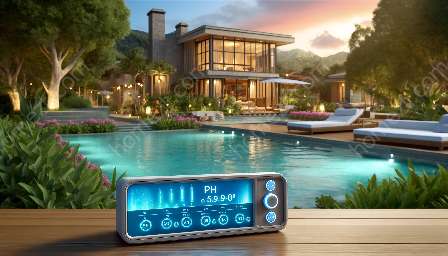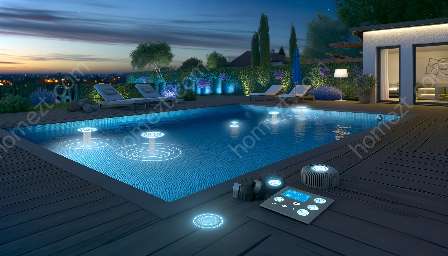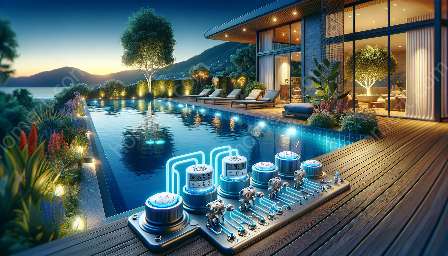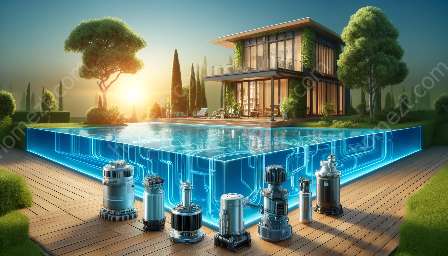Sanitization methods are crucial for maintaining clean and safe swimming pools and spas. With advancements in pool automation technology, it has become easier to ensure efficient sanitization while enhancing convenience for pool owners. In this comprehensive guide, we will explore a variety of sanitization methods and their compatibility with pool automation.
Understanding the Importance of Sanitization
Proper sanitization is vital for the maintenance of swimming pools and spas. It helps in controlling the growth of harmful bacteria, algae, and other microorganisms that can compromise the water quality and pose health risks to swimmers. Additionally, effective sanitization promotes water clarity and ensures a pleasant swimming experience.
Sanitization Methods
There are several sanitization methods available, each with its unique features and benefits. Let's take a look at some of the most popular techniques:
1. Chlorine Sanitization
Chlorine has been a traditional and widely used sanitization method for pools and spas. It effectively eliminates bacteria and algae, ensuring water cleanliness. With pool automation systems, chlorine levels can be monitored and adjusted automatically, providing consistent sanitization without manual intervention.
2. Saltwater Chlorination
Saltwater chlorination systems utilize salt to produce chlorine, offering a more natural and gentle approach to water sanitization. These systems are compatible with pool automation, allowing for remote monitoring and control of chlorine production.
3. UV-C Sanitization
UV-C technology harnesses ultraviolet light to disinfect water by destroying the DNA of microorganisms. This method is chemical-free and environmentally friendly. When integrated with pool automation, UV-C sanitization systems can operate efficiently and optimize energy usage.
4. Ozone Sanitization
Ozone generators produce ozone gas, which effectively oxidizes and eliminates contaminants in pool water. These systems can be integrated with pool automation to regulate ozone levels and enhance the overall sanitization process.
Compatibility with Pool Automation
Pool automation systems play a significant role in streamlining and optimizing the sanitization process. By integrating sanitization methods with automation technology, pool owners can benefit from:
- Remote Monitoring: Pool automation allows for real-time monitoring of water quality and sanitization levels, providing alerts and notifications for any adjustments required.
- Automated Control: Sanitization equipment can be automated to maintain optimal levels of chlorine, salt, UV-C, or ozone based on preset parameters, ensuring consistent water quality.
- Energy Efficiency: Automation systems can optimize the usage of sanitization equipment, reducing energy consumption and operating costs.
- User-Friendly Interface: Pool automation platforms offer user-friendly interfaces for easy management and control of sanitization settings.
Conclusion
Sanitization methods play a crucial role in ensuring the hygiene and safety of swimming pools and spas. When integrated with pool automation, these methods offer enhanced convenience, efficiency, and control. By staying informed about the latest advancements in sanitization and automation, pool owners can create a clean and enjoyable swimming environment for all users.

